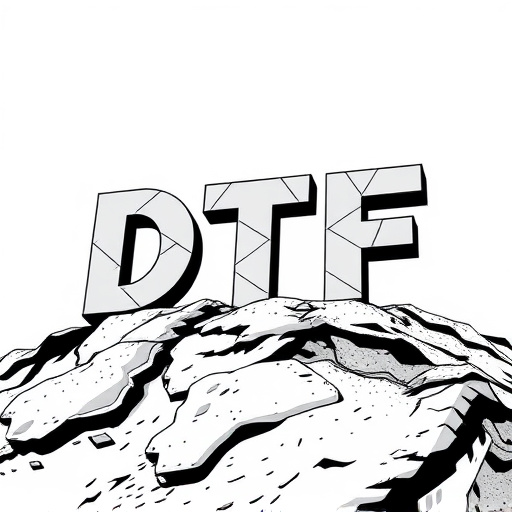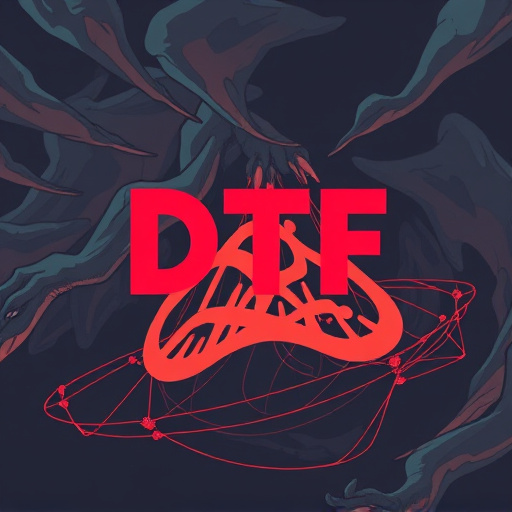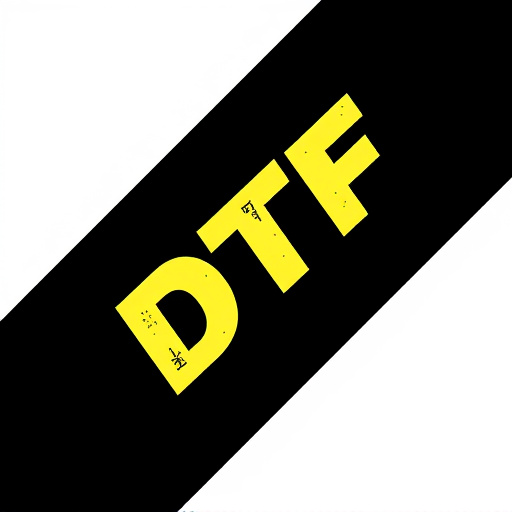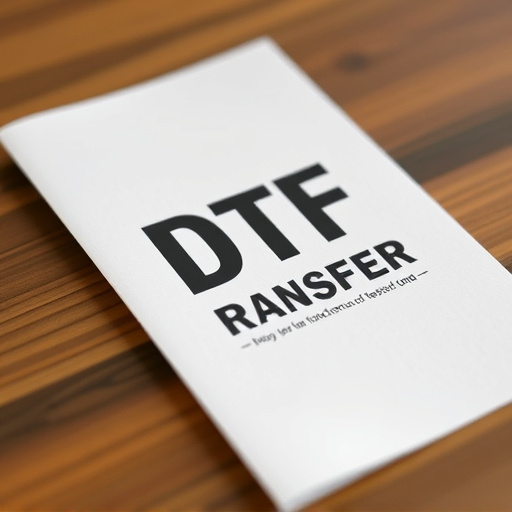Direct-to-Fabric (DTF) printing revolutionizes garment customization, offering high-quality, vibrant prints on light-colored fabrics efficiently and cost-effectively. By eliminating traditional screen printing methods, DTF is ideal for small runs and custom orders. The right DTF inks and meticulous preparation ensure sharp details and lasting colors on cotton, linen, and polyester. Precise application techniques and controlled curing processes further enhance the durability of designs. This modern approach to fabric printing is a game-changer, combining quality, speed, and environmental friendliness for light-colored garments.
“Discover the art of enhancing light-colored garments with Direct-to-Fabric (DTF) transfers. This innovative technique offers a myriad of advantages, from vibrant color reproduction to ease of design customization. In this comprehensive guide, we’ll explore the fundamentals of DTF, from ink selection to application methods. Learn how pre-treatment and curing processes play a pivotal role in ensuring your designs withstand the test of time on various fabric types. Optimize your transfers with these expert tips for exceptional results.”
- Understanding DTF Transfers: A Brief Overview
- Advantages of Using DTF on Light-Colored Garments
- Choosing the Right Ink for Optimal Results
- Preparation and Pre-Treatment of Light Fabric
- Application Techniques for Accurate DTF Designs
- Curing and Heating Processes: Ensuring Longevity
Understanding DTF Transfers: A Brief Overview

Direct-to-Fabric (DTF) transfers have revolutionized printing on light-colored garments, offering a fast and efficient method for high-quality designs. This technology allows for precise application of ink directly onto the fabric’s surface, ensuring vibrant colors and intricate details. DTF printing bypasses traditional screen printing methods by using heat to activate the transfer, making it ideal for short runs and custom orders.
With DTF transfers, businesses can achieve outstanding results on a variety of materials, from cotton tees to polyestere jackets. The process involves applying a thin film of ink to a special transfer paper, which is then pressed onto the fabric at high temperatures. This ensures that the ink fuses with the fibers, creating a durable and long-lasting print. Understanding DTF’s unique advantages sets it apart as a game-changer in the garment printing industry, catering specifically to the demand for precise, vibrant designs on light-colored fabrics.
Advantages of Using DTF on Light-Colored Garments

Using Direct-to-Fabric (DTF) printing for light-colored garment materials offers a range of advantages that make it a preferred method for many manufacturers and designers. One of the key benefits is the vibrant and accurate color reproduction, ensuring the final design maintains its vividness and clarity without fading or blurring. This is particularly important when creating intricate patterns or showcasing fine details on light-hued fabrics.
Additionally, DTF technology provides a fast and efficient transfer process, allowing for quick turnaround times in production. The method eliminates the need for complex set-up procedures often associated with traditional printing, streamlining the overall manufacturing workflow. As a result, it becomes more cost-effective and environmentally friendly, especially for small batch productions or custom orders where flexibility is crucial.
Choosing the Right Ink for Optimal Results

When optimizing transfers for light-colored garment materials, selecting the appropriate ink is paramount. Direct to fabric (DTF) printing technologies offer a range of options tailored to different fabrics and designs. For light-colored garments, vibrant, high-quality inks are key to achieving exceptional results. Water-based and solvent inks are popular choices due to their ability to produce sharp details and bright colors on lighter fabrics without fading or bleeding. These inks also offer improved durability, ensuring the design remains vibrant even after multiple washes.
Additionally, considering the garment’s material composition is crucial. Cotton and linen, for instance, require specific ink formulations that adhere well to their fibers. Polyester fabrics, on the other hand, demand inks optimized for their smooth surface. Understanding these intricacies allows printers to choose DTF inks that not only enhance the visual appeal but also ensure long-lasting, vibrant transfers on a variety of light-colored garments.
Preparation and Pre-Treatment of Light Fabric

Before any transfer process, preparing and pre-treating light fabric is a crucial step to ensure optimal results with Direct-to-Fabric (DTF) printing methods. This involves several simple yet vital procedures. First, clean the fabric thoroughly to remove any impurities or finishes that could interfere with ink adhesion. A gentle wash with a mild detergent and cool water is recommended to maintain the fabric’s integrity and color. After washing, it’s essential to dry the material naturally, avoiding high heat which might cause shrinkage or damage.
Additionally, pre-treating the fabric with a suitable surfactant or release agent can significantly enhance ink transfer. This step helps lower the surface energy of the fabric, making it more receptive to inks. DTF techniques benefit from this preparation as it allows for a smoother and more even application of designs, ensuring vibrant and long-lasting colors on light-colored garments.
Application Techniques for Accurate DTF Designs

The accuracy of Direct-to-Fabric (DTF) designs heavily relies on the application techniques employed during the transfer process. For light-colored garments, professionals recommend using specific methods to ensure vibrant and precise results. One crucial technique involves preparing the fabric surface by cleaning it thoroughly and ensuring it’s free from any contaminants or oils that might hinder adhesion. This step is essential for achieving long-lasting prints on delicate fabrics.
Additionally, utilizing precision tools like high-quality print heads and advanced printing software allows for more control over the design placement and detail retention. Professionals often experiment with different pressures and heat settings during the pressing phase to cater to various fabric types, ensuring the design seamlessly fuses with the material without causing damage or color bleeding.
Curing and Heating Processes: Ensuring Longevity

The longevity of transfers on light-colored garment materials heavily relies on precise curing and heating processes. Direct to fabric (DTF) printing techniques, in particular, demand careful temperature control during both the heating phase for adhesive activation and the subsequent cooling period. Inadequate heating can result in weak bond strength, while overheating may cause damage to the garment or transfer itself.
Optimizing these parameters ensures not only a secure attachment but also maintains the vibrancy of colors and integrity of the design. Modern DTF printers incorporate advanced temperature management systems, allowing for precise control and ensuring that each material type receives the ideal curing conditions. This meticulous approach significantly enhances the durability of transfers, making them suitable for a wide range of light-colored garments.














